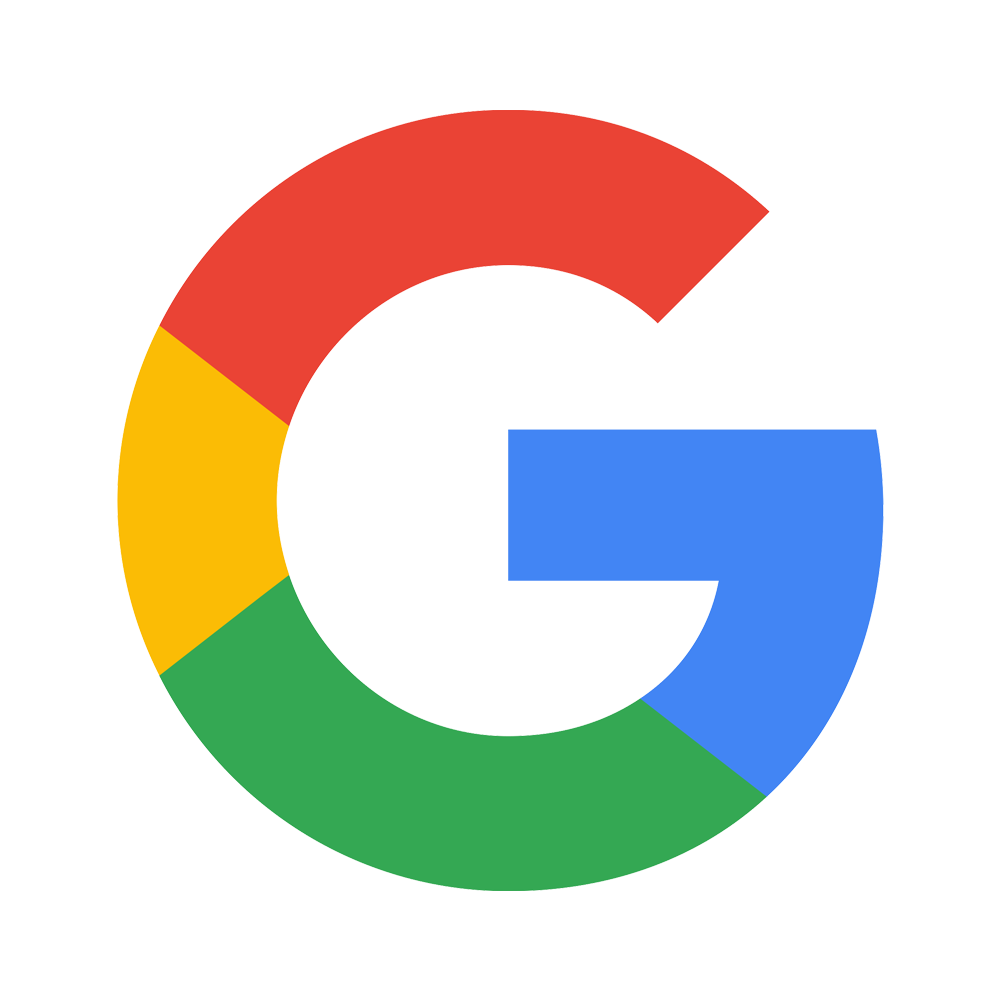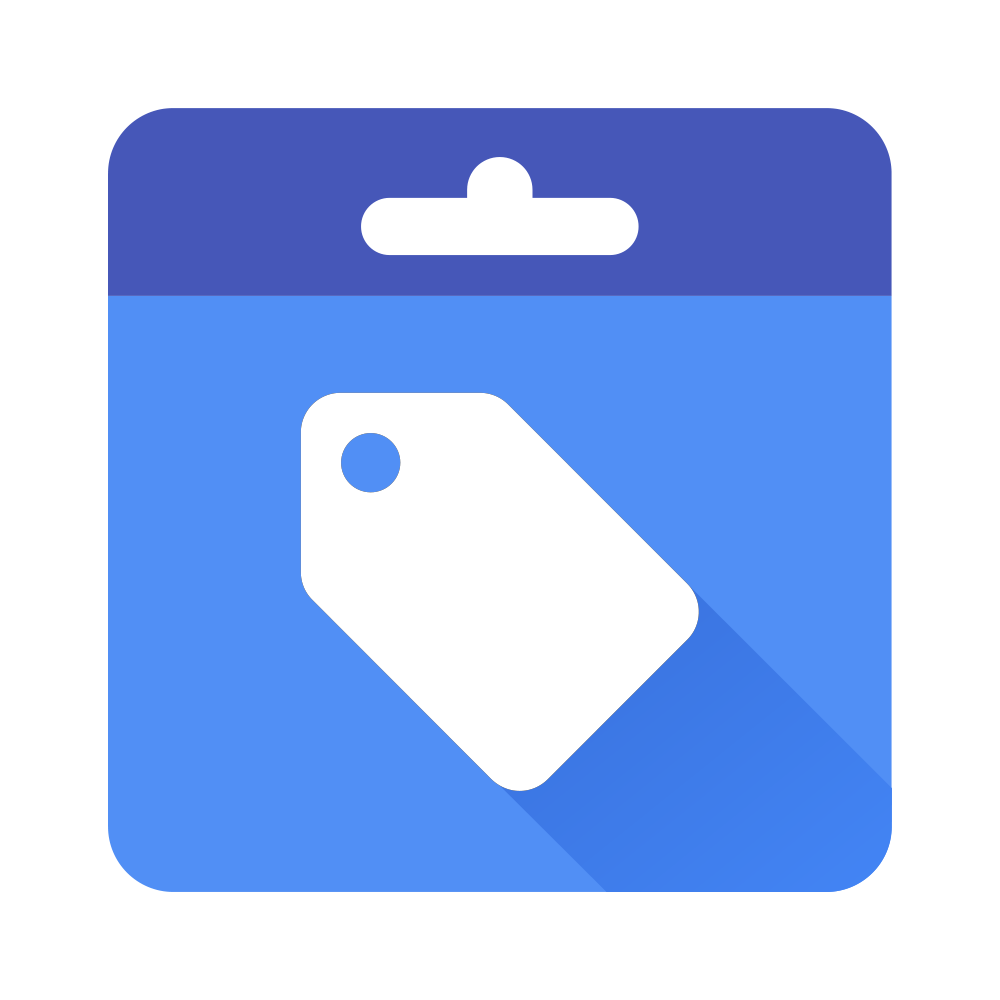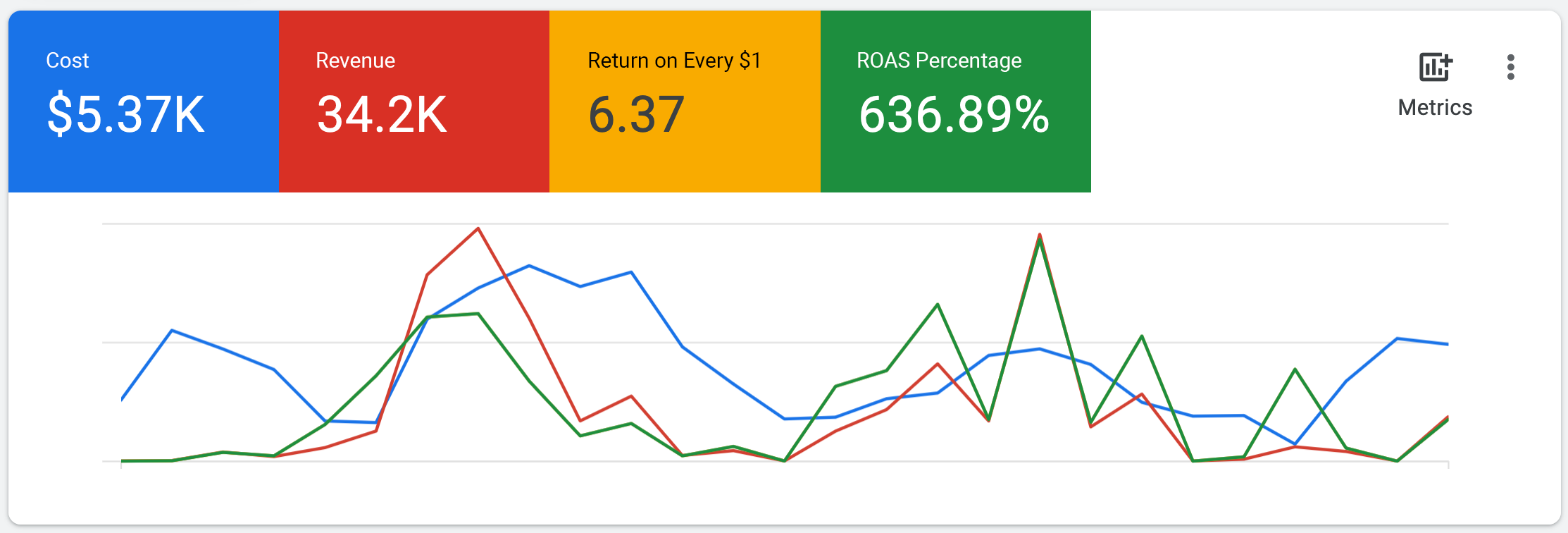We're in a digital-first era of retail, where traditionally successful brick-and-mortar stores face obstacles to being able to compete effectively online. From online competitors with low overhead and global reach to manufacturers who compete for the same clients as you do, to just not having enough time to learn one more thing. After all, you have a business to run, and whether you’re moving your retail brand marketing into digital advertising with paid ads, on search engines including using content marketing for SEO, native advertising on social media platforms to paid marketing on social, targeted email funnels, affiliate partners and/or influencers, and whatever new thing is around the corner, all of these usually takes a huge investment in time and money. So who wouldn’t want some help?
The Dilemma for Traditional Marketing Agency Models Serving Small Businesses
Although there are many great marketing companies out there, the good ones are vastly outnumbered by the bad ones. If you've been at this for a while then you know what I'm talking about: the pitch is compelling, but the results tend to fall short of amazing.
"If these marketing agencies are as good as they say they are, they'd charge a percentage on sales on their advertising campaigns instead of a percentage on ad budget." -Ann Madore, Jump! The Baby Store
Regardless of the sales results their marketing efforts produce, the retail advertiser pays their agency setup fees, plus monthly fees, plus a 15% to 20% percentage of the ad budget. That doesn't seem fair, does it? Retailers take all risks in their stores, then they hire an expert and accept all the risk on their campaign performance as well.
Online marketing agencies rely on this antiquated model because of the following:
- it is the industry standard;
- its revenue is predictable;
- there are few alternatives to retail advertisers like yourself;
- agencies can show reports about positive consumer perceptions through engagement;
- most retailers won't track the actual sales results or the cost per sale from a particular channel, so professional looking monthly reports are enough for to feel like progress is being made.
So here's the dilemma that agencies face: in the traditional model you pay marketing service providers regardless of sales generated, while they have a financial disincentive to improving their performance.
I recently worked with a client who had a bad experience with an agency. Whenever they complained about sales, the agency's response was to have them increase their budget. This pattern continued until they were spending $12,000/month. Did that work? No.
If all the risk falls on the retailer, and the digital marketing agency benefits from being less efficient, then the agency and the retailer have conflicting interests.
What if agencies offered a Performance Marketing Strategy Instead?
Performance marketing refers to aligning the financial incentives of retailers and marketers. Your agency's earnings are directly tied to your key metrics.
How Performance Marketing Creates Success Through Aligned Objectives
Tracking and aligning retailers and agencies on performance marketing objectives is a game changer for the following reasons…
- Performance marketing shifts the financial risk from the retailer to the digital marketing agency: Any healthy relationship shares risk and reward equally. With digital performance marketing, everyone wins when consumers complete a sale, everyone loses when performance is weak.
- Crystal clear reporting is needed to measure performance marketing: Retailers are often overwhelmed with complex data. Simplify by asking two key questions: (1) How much did our performance campaigns spend? (2) How much revenue did our performance campaigns generate?
- Agencies earning performance marketing revenue shift towards successful performance marketing channels: When agency revenue is tied to your sales, it doesn't matter if say, native advertising from affiliate marketing is their thing, they will abandon affiliate partners if other types of performance marketing channels are earning more.
- Performance marketing reduces outsourced program management for your online marketing: Ever wonder how a full-service agency handles everything from trade-show booth design to direct response advertising, to brand strategy, to web design to SEO? They outsource. When it comes to performance marketing campaign management, it's risky for an agency to outsource at a cost per hour.
- Performance marketing fosters strategic partnership between retailers and agencies: Having a partner who is aligned with your success not only benefits the retailer but also creates a distinctly different experience for the marketer. It's a much more relaxed atmosphere, with tasks focused on driving sales. I'm able to fully utilize my strengths without the added responsibilities that come with managing a full-service agency client.
- Performance marketing is highly responsive: In 2022, Google's transition from Smart Shopping to Performance Max campaigns caused a major disruption in budget allocation. Campaigns started spending aggressively and traditional marketing agencies failed to address this issue. Clients experienced a surge in advertising costs while conversion rates plummeted. Traditional agencies profits surged while their clients suffered two months of overspending on underperforming ads. A performance-based marketing agency would have identified and resolved this issue within a week or two since they would have been impacted financially alongside their clients.
So what Exactly Is Performance Marketing?
An agency offering a performance marketing plan is much like a commission sales person who is paid for each sale they make.
Performance marketing works because it offers a different approach to advertising. It shifts the focus of the marketer to achieve new results. It's lightweight, agile, and involves shared risk. Marketers bet on their abilities to outperform the status quo by identifying top performance marketing channels, streamlining processes, eliminating wasted budget, reducing the cost per sale, and constantly testing and improving their efforts.
What performance marketing work does not include is a lot of the staples of hiring a traditional agency.
Just as a commissioned salesperson would decline non-sales-related administrative tasks typically assigned to salaried employees, a performance-based marketing company isn't interested in many of the things you might expect from a traditional agency.
What the advertiser pays for: billable time vs. revenue share
If a retailer needs a full-service agency for brand development, strategy, calls, meetings, and campaign pitches, an old-school Mad Men style advertising company is the perfect fit.
But if you have a old school brand marketing agency you love, you can also work with a performance marketing advertiser to maximize your cost per sale. These two approaches are complementary rather than competitive.
Performance Marketing Examples & Disruptive Retail Technologies
Performance marketing is not a recent phenomenon. Mail-order catalogs were a type of performance marketing. It encompasses strategies such as affiliate marketing using native advertising as well as some influencer marketing, or any digital marketing where payment is tied to a lead or sale.
Here's how performance related marketing has developed with technology…

1989 - First Online Affiliate Opportunity
PC Flowers & Gifts
Affiliate marketing on the Internet was pioneered by William J. Tobin, founder of PC Flowers & Gifts. The company launched on the Prodigy Network in 1989, marking the birth of online affiliate marketing. It quickly grew to 2,500 affiliates and generated millions in annual sales.

1994 - First Banner Ads
Banner Ads on HotWired
HotWired (now https://www.wired.com) developed the first web-based banner ads.

1996 - Ecommerce Referral Commissions
Amazon's Associates Program
Amazon introduced its Associates program, a commission-based initiative that rewards individuals for referring customers.

1997 - First Pay Per Click Ads
Pay Per Click ads on Goto.com
Goto.com (now https://www.yahoo.com/) launched the first pay-per-click advertising program.

2000 - Google Launches Ads
Google's AdWords
Google launched AdWords, allowing people to place ads on the Google search engine.

2002 - Google Launches CPC Ads
Cost Per Click Advertising
In 2002, Google revolutionized their advertising landscape by incorporating the Cost Per Click (CPC) model.

2005 - Social Media Advertising
Facebook Advertising
Facebook introduced an advertising platform, creating new possibilities for marketers to reach potential customers through attractive social media ad formats using hyper-targeted campaigns based on demographics, interests, and behaviours.

2006 - Website Analytics
Google Universal Analytics
Google Universal Analytics enabled advertisers to better understand
user interactions on their website, optimizing their marketing efforts.

2020 - Predictive Analytics
Google Analytics GA4
Google Analytics GA4, launched in 2020, is more powerful than Universal Analytics. Despite initial complexity and a seemingly impossible interface, retailers and marketers now appreciate its predictive analytics and improved conversion tracking capabilities.
Each of these technologies have revolutionized how retailers can reduce their cost per sale through digital marketing.
How Advertisers Pay Marketing Companies: The Basic Financial Structures of Traditional Agencies vs. the Performance Marketing Industry
In traditional advertising, advertisers pay agencies a predetermined amount regardless of the results. This payment model is usually based on a fixed project cost or an ongoing retainer for services provided. The retailer bears all the risk in this scenario.
On the other hand, performance marketing digital marketing agencies operate on a pay-for-performance basis. They are only paid when specific agreed-upon actions are completed, like when someone buys something. This model aligns the performance marketing agency's financial success with the retailer's.
Common Pitfalls of Both Traditional & Performance Advertising Models

Pitfalls of Traditional Digital Advertising
Higher Customer Acquisition Cost
Since the digital marking efforts are significantly less targeted than in performance based advertising, the advertiser pays a larger portion of their marketing budget on ad campaigns targeting people that will likely never drive sales.
Lack of Accountability for Results
Requires a significant budget be paid regardless of campaign results.
Lack of Real Performance Metrics
It can be challenging for a retailer to track the direct impact of campaigns.
Investment In Inefficient Strategies
Without proper analysis of sales data, large investments continue to be made in areas that under-deliver but 'feel' right.

Pitfalls of Performance Based Marketing
Performance Marketing Agencies Can Be Hard to Find
Performance based advertising is an attractive concept with limited practitioners, resulting in difficulty finding performance marketers. Expect an application process and waiting list.
You Need to Show Up with The Basics Worked Out
Since performance marketing focus on maximizing sales, they won't be interested in working with a retailer who's ecommerce store isn't already working.
Budget Management in Performance Marketing Campaigns is Less Predictable
Traditional campaigns spend your budget. Performance marketers maximize every dollar spent. Consider your monthly budget the average over a longer period. Some months may be under, some may be over.
Time Is Needed for Budget Scaling Success
Once your ROAS is successful, it'll requires more delicate ad management, consistent monitoring and patience to increase your budget while maintaining a good return.
Common Benefits of Both Traditional & Performance Advertising Models

Benefits of Traditional Advertising
High Reach Digital Advertising
Unlike performance marketing focus on a target audience, traditional digital advertising will reach a broad audience.
Credibility of Traditional Marketing Services
Traditional digital marketing strategies, established for decades, may be perceived as more reliable and trustworthy.
A Full Range of Services
Traditional agencies offer a full suite of marketing services that a performance marketing provider would not be offering, from website design to branding and graphic design.

Benefits of Performance Based Marketing
Shared Risk & Reward Relationship
In the performance marketing model, agencies share both risk and reward with businesses in a collaborative strategic partnership.
Cost-effective Advertising
Marketers win when you win, so the advertising focus shifts from breadth to focused sales efficiency.
Constant Improvements
Since performance marketers are paid based on your sales results, they have a huge self-interest in improving your advertising whenever possible.

ROAS: The Success Metric of Performance Marketing
When evaluating performance, several metrics allow businesses to quickly gauge the success of their strategies. Among these, Return on Advertising Spend (ROAS) is often considered the ultimate success metric because of its direct correlation with profitability. ROAS simply measures the gross revenue generated for every dollar spent on advertising.
A ROAS of 6 means that you are earning 600% on what you spend on ads.
Simply put, a high ROAS is like printing money, as you can be confident that each dollar invested in advertising yields a healthy return.
Why is Return On Ad Spend (ROAS) is the benchmark of performance marketing?
Unlike metrics such as impressions, click-through rates or cost-per-click, which provide important insights into reach, engagement and cost, ROAS, in one word, is profitability.
ROAS measures the return on each $1 spent on ads
Often represented as an integer or a percentage a ROAS of 6 and as ROAS of 600% both mean you’ve earned $6 for each one $1 invested in ads.
A Successful Digital Marketing Strategy Means Getting Sales… Sorry!
I ran an informal survey and found that only a minority of retailers track performance online using sales. Two out of three retailers track engagement to understand if they are successfully reaching their target audience.
Some seem to consider a focus on sales to be offensive, as if it turns retailers into the used-car salesmen of digital marketing. As though putting the attention on having people buy is counter to the brand marketing and customer experience they've cultivated.
Consider that increased sales are a measure of people profoundly connecting with your brand. For each sale that is made, a proportionate number of impressions and engagements has to happen. In performance marketing, we may be measuring sales but that means we're getting all the other stuff too.
How to Calculate Your Profitability Using ROAS
You'll need to know the cost invested and the revenue generated. Divide the revenue by the cost.
Revenue / Cost = ROAS
The result is how much you earned for every $1 you spent.
In the example above, one of my clients earned $34,200 by spending $5,370 on ads.
This retailer has a ROAS of 6
$34,200 earned divided by $5,370 spent equals a return of $6.37 for each $1 spent, or a 637% ROI.
Potential Types of Performance Marketing
Really any advertising channel can be used for performance marketing, once you are able to track specific sales data to the traffic that’s generated.
My favorite because brick and mortar retailers can use paid advertising on Google for instant visibility and valuable data collection to assess opportunities quickly. Tracking ROI is also relatively simple.
SEO is vital for retailers aiming to enhance online visibility for their physical stores. However, it can be time-consuming and require a significant investment. Tracking direct sales results from SEO efforts may also be less straightforward. Retailers often measure the overall sales lift, both in-store and online, as a simple way to gauge SEO effectiveness.
Retailers are often active on social media and can use social media advertising platforms to maximize returns. It's important to cross-reference sales attributed in social media ads with Google Analytics for accuracy, as social media platforms may take credit for sales that may not have occurred.
Ecommerce stores can collaborate with influencers, bloggers, and customers to boost sales. By offering commissions through affiliate links, they can create an effective performance marketing strategy. Called "native advertising", this approach blurs the line between marketing to your web page and content creation online. Beyond the technology side, adding an affiliate partner system marketing strategies require coordination with providers of native ads which may require substantial time and effort so.
You can leverage influencers' audience and trust. If an influencer offers payment based on sales, this is performance marketing.
Perfect for retailers looking to increase repeat business, email is typically not used for performance marketing campaigns, however I could see this changing.
The Most Common Tools and Technologies Used In Performance Marketing for Driving Efficiency and Results
In the realm of performance marketing, various tools and technologies are utilized to drive efficiency and results. Here are a few popular ones you should be aware of:

Google Analytics
This free tool is the one you're most likely to be aware of. It provides detailed analytics that can help in understanding user behaviour, site traffic, and performance. As well as insights into where users are coming from, what they do on your website, and how they interact with it.

Google Search Console
Google Search Console allows you to monitor, troubleshoot, and optimize your website's visibility in Google Search results, all for free. Key features include checking indexing status, optimizing website visibility, viewing real-time reports on how Google sees your site, and troubleshooting issues for better optimization. It's an essential tool for businesses doing content marketing for organic search traffic, but also key in enabling data-driven decisions for effective performance marketing based on how the business is being shown on Google's search engine results pages (SERPs).

Google Merchant Center
Google Merchant Center is a vital tool for e-commerce businesses that use performance marketing. It's a platform to upload store and product data to Google, making it available for Google Shopping ads and other services. With Google Merchant Center, businesses can maintain updated product information, manage online product appearances, and reach more potential customers. This tool helps businesses present their products to the right audience at the right time, boosting online visibility and sales

Google Ads for Search Engine marketing (SEM)
Google Ads is an online advertising platform that enables businesses to display concise ads, product listings, and video content to web users in Google's search engines and on the Google ad network. The platform operates on a pay-per-click model, where businesses only pay when their ad is clicked. With advanced targeting options, marketers can reach potential customers based on demographics, interests, and search behavior. This precise targeting boosts conversion rates by reaching users interested in the products or services offered. Additionally, Google advertising provides detailed reports and analytics for real-time performance monitoring and strategy optimization, ensuring efficient use of advertising budget.

Meta Ads Manager for Facebook & Instagram Social Media Advertising Platforms
Meta Ads Manager is a powerful tool for marketers that allows them to create and manage campaigns on Facebook & Instagram. This comprehensive campaign management system enables businesses to reach their target audience with ads tailored to their interests.
Want To Try Performance-Based Marketing?

Are you a retailer interested in a Performance Advertising for your online store?
This is the Performance-Based Marketing program I have created based on my years as both an agency owner and as a retailer.
Guaranteed Results: Earn a monthly minimum return of 500% your ad spend or you pay $0.



